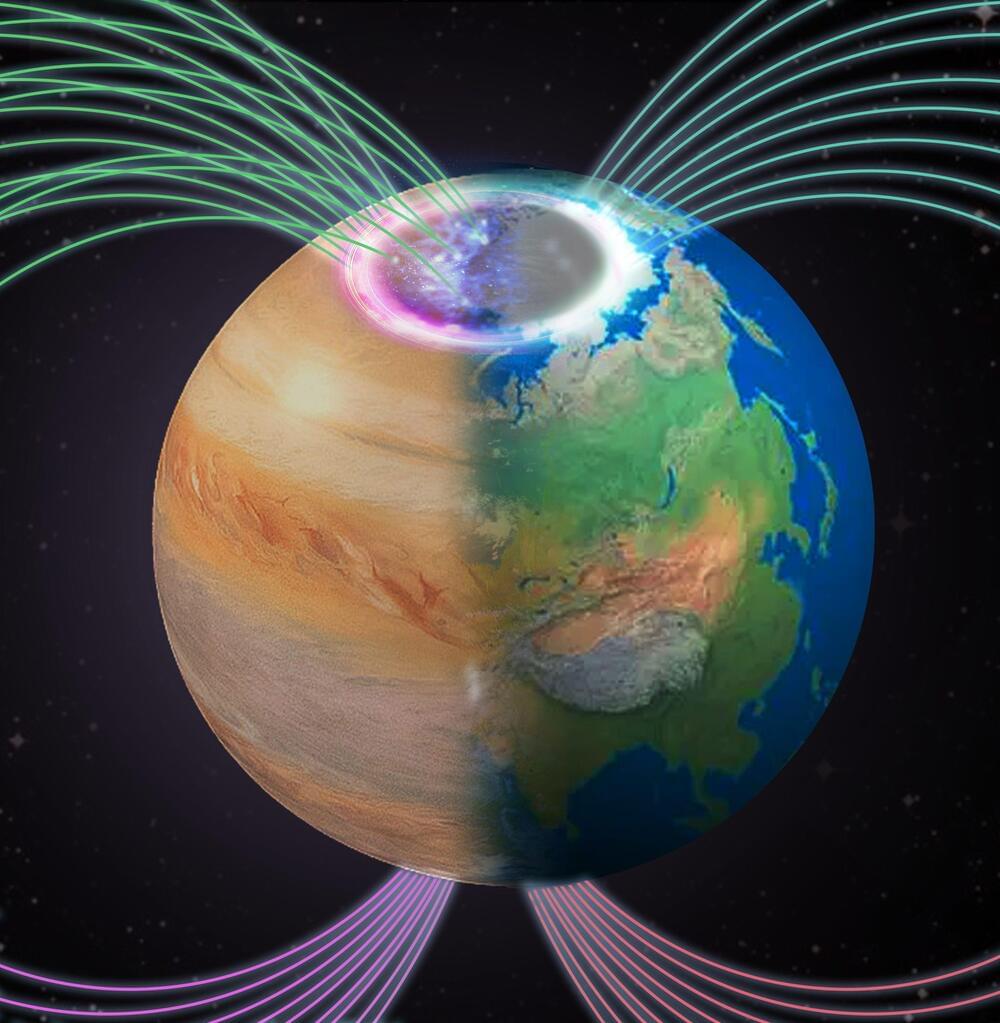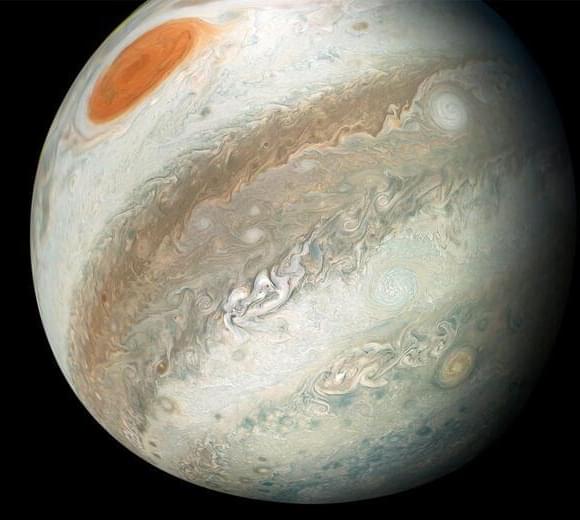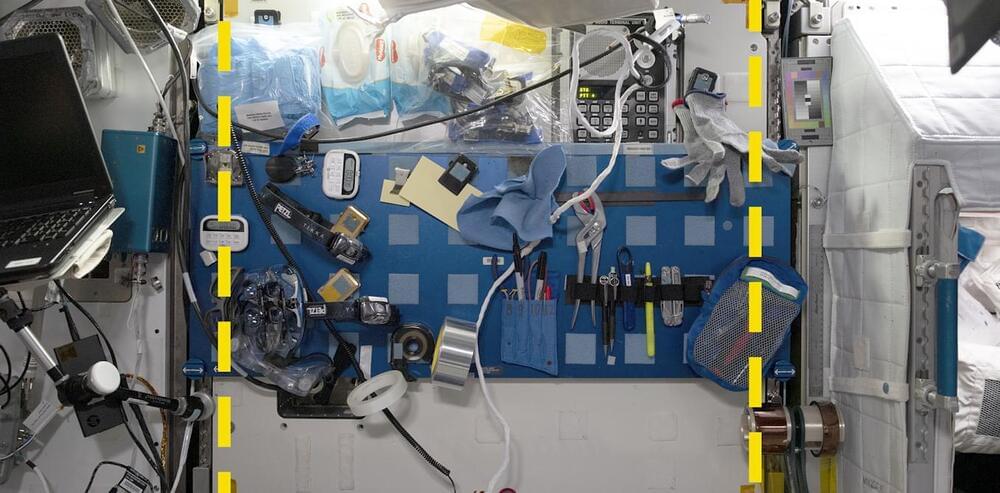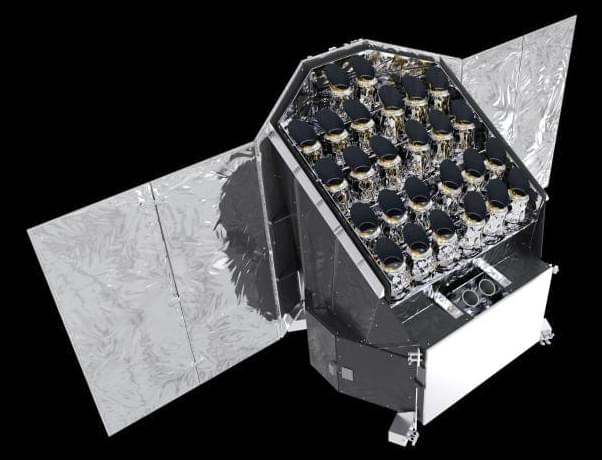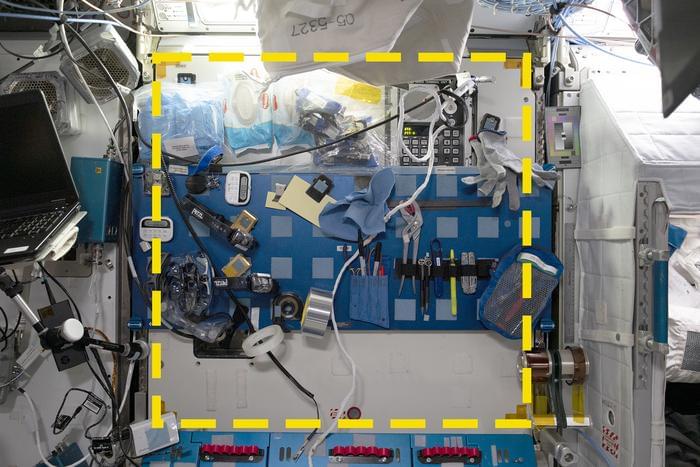A recent study reveals new insights into aurorae across Earth, Jupiter, and Saturn, highlighting the role of magnetic fields and solar winds in shaping these phenomena, with significant implications for space weather forecasting and planetary exploration.
The breathtaking aurorae, commonly known as the Northern and Southern Lights, have captivated human imagination for centuries. From May 10th to 12th, 2024, the most powerful aurora event in 21 years showcased the extraordinary beauty of these celestial light displays.
Recently, space physicists from the Department of Earth Sciences at The University of Hong Kong (HKU), including Professor Binzheng Zhang, Professor Zhonghua Yao, and Dr Junjie Chen, along with their international collaborators, have published a paper in Nature Astronomy that explores the fundamental laws governing the diverse aurorae observed across planets, such as Earth, Jupiter and Saturn. This work provides new insights into the interactions between planetary magnetic fields and solar wind, updating the textbook picture of giant planetary magnetospheres. Their findings can improve space weather forecasting, guide future planetary exploration, and inspire further comparative studies of magnetospheric environments.
